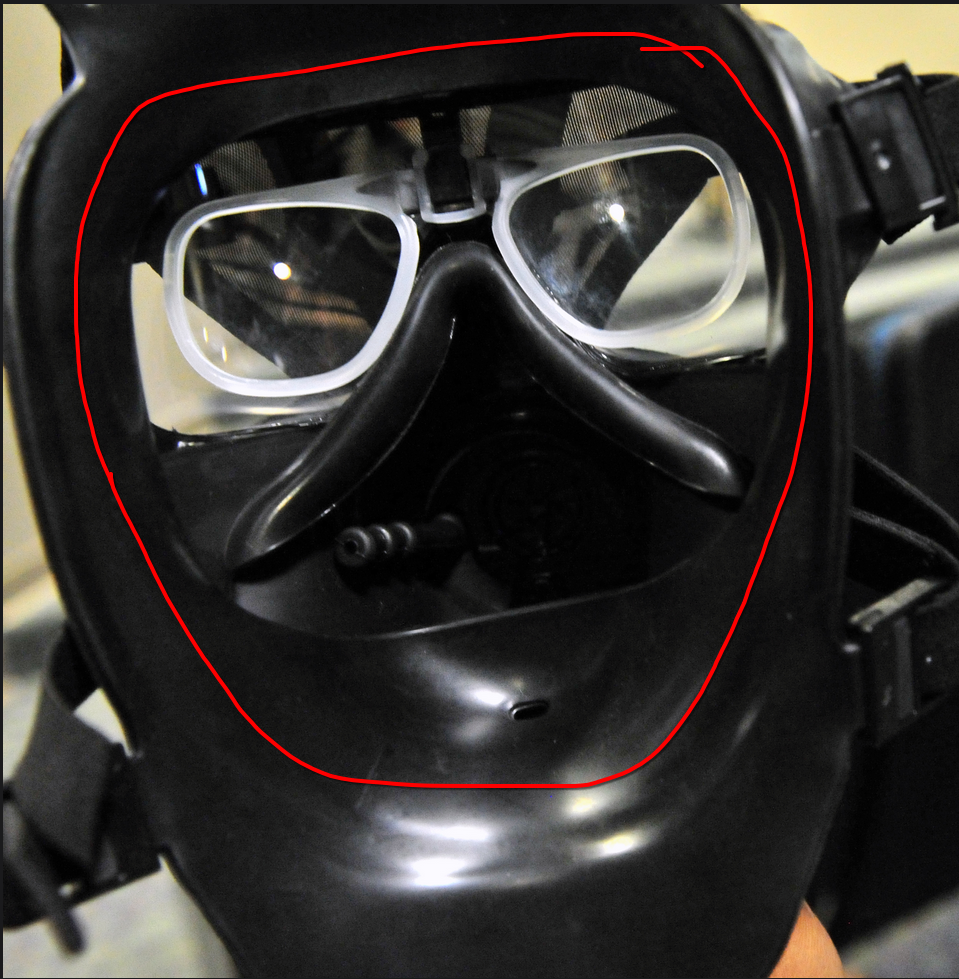

Good thing no one did that?
You did.
Damage to what? There ain’t gonna be anything left of the car either way.
Factually wrong. ICE cars are much much easier to put out. Often times ICE engine fires can put themselves out. And since they burn slower anyway, it’s more likely you can escape the fire in of itself. Eg. if the fire occurs from a runway combustion in the chamber and the engine locks up starving the combustion chamber from oxygen.
That’s an extremely obscure and cherry-picked scenario to make your point.
Not really? There’s a lot of bridges on the planet… There’s lots of tunnels on the planet. There’s lots of infrastructure that is a part of our roadways or are close enough to roadways to be affected. Tunnels are actually an even better problem to discuss. Heavy metal toxicity will stick around a lot longer and cause much more problems than an ICE engine that can actually be doused out 1/10th of the way through the burn.
Thermal mass is not relevant. You don’t die from metal contact, you die from smoke inhalation.
More things between you and the fire = more protection overall… period. And you want to talk about people being disingenuous?


Or you can accept that it’s a typo… and not freak out about a simple error that didn’t diminish your understanding of their comment.